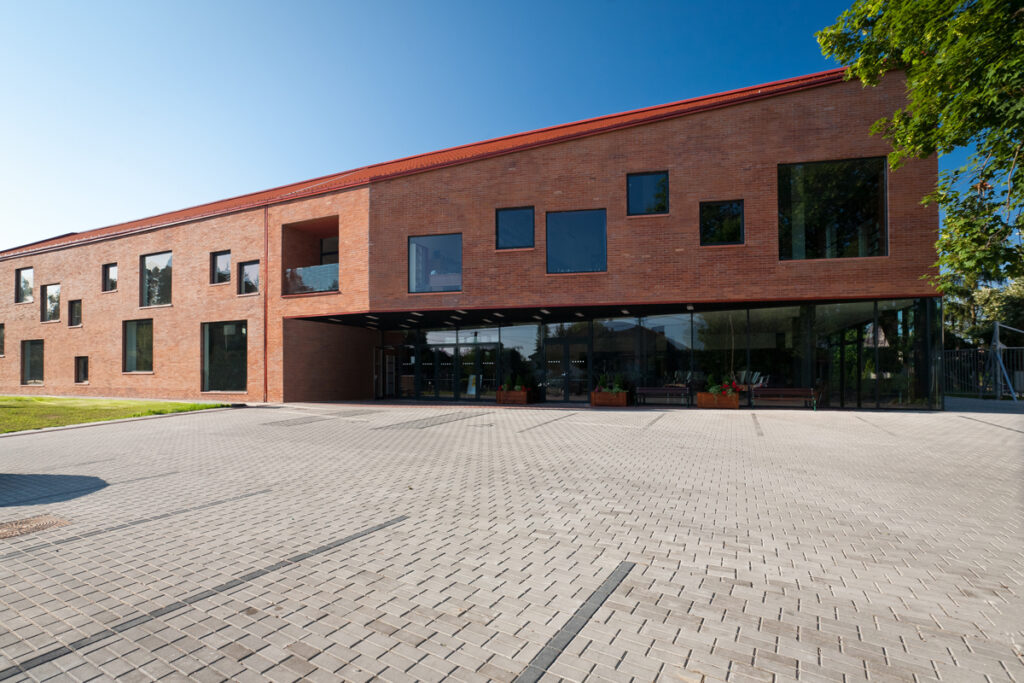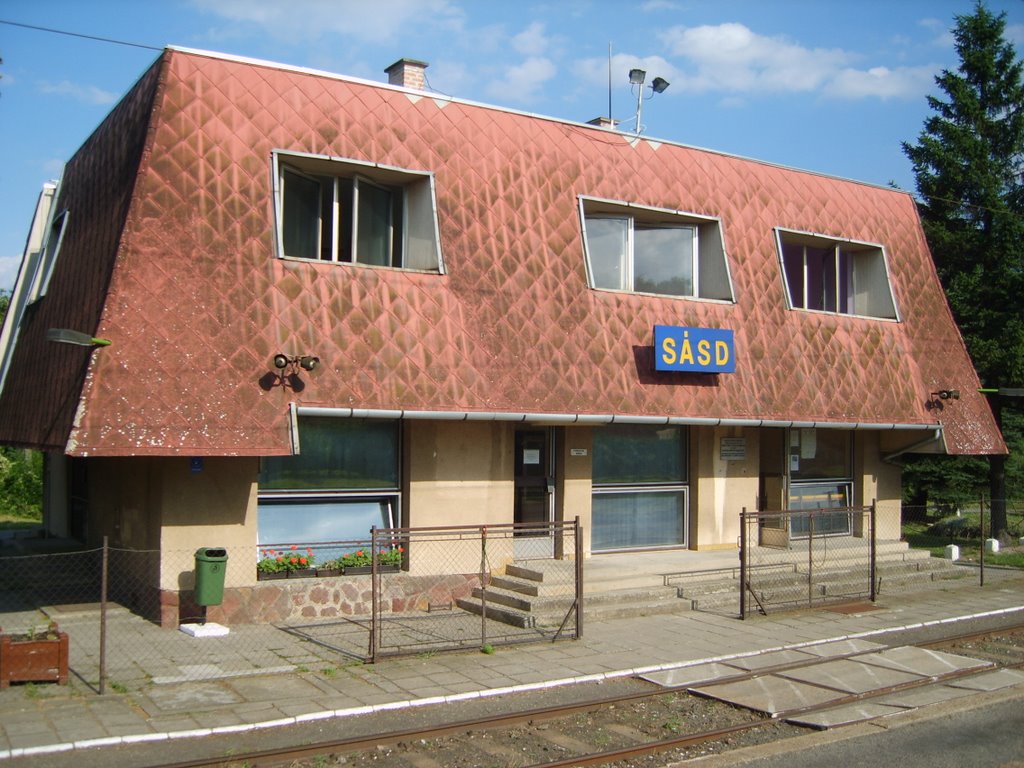Sásd city in Baranya county . It isthe seat ofthe county’s Hegyháti district . The city is located in a sunny, open valley, about halfway between Pécs and Kaposvár , about 35 kilometers from both, along the main road 66 . It is located more than 15 kilometers south of Dombóvár , connected to it by the main road 611 . It is located 20 km from hops .
It also passes through the city on the Pusztaszabolcs – Pécs railway line and the Dombóvár – Komló railway line , their common station, Sásd railway station , is located north of the city center.
The Baranya Canal flows through its administrative territory , east of the inner city.
History
Sásd and its surroundings were already inhabited in the Bronze Age , and Bronze Age cremation graves were excavated in its territory . In Roman times, a trade route passed through it.
The name of the settlement was mentioned in the papal tithe register as early as 1332 . In the 14th century it was owned by the Dombai family , later the Werbőczys were also owners here.
During the conquest , the Turks built a palisade here. In the post-conquest period it was a customs place, later it became the property of palatine Pál Eszterházy as part of the Dombóvár estate.
Sights
- Roman Catholic Church with a statue of St. John of Nepomuk.
- Reformed house of prayer
- Cemetery chapel: located in an old cemetery in the center of the village. Sculpture garden with a World War II memorial, a headboard .
- Heroes’ Square: in the city center.
- Cultural Center and Library
- Turul statue


